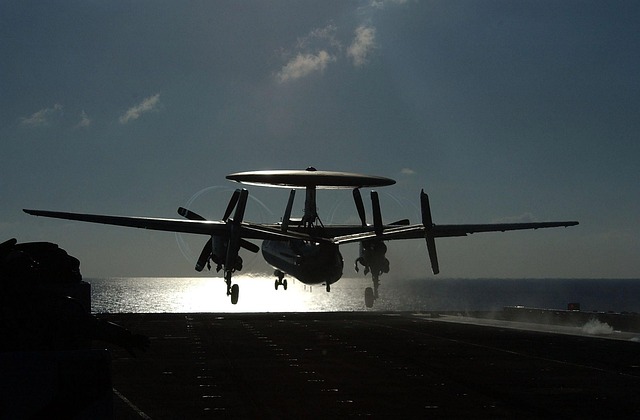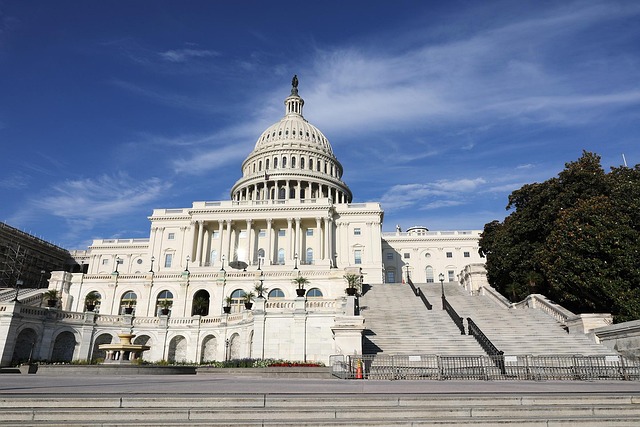
The Military Expansion at Mischief Reef
The South China Sea has been a focal point of geopolitical tension for years, particularly regarding the territorial claims made by China. One of the most notable examples of this is Mischief Reef, a low-tide atoll in the Spratly Islands that has undergone significant transformation since the 1990s. This article will explore the developments at Mischief Reef, the implications of China's military build-up, and the broader context of territorial disputes in the region.
The Transformation of Mischief Reef
China began its occupation of Mischief Reef in 1994, initially justifying its presence by stating that the area was being used to support Chinese fishermen. However, over the years, this narrative has shifted dramatically. Through a series of land reclamation projects, China has turned Mischief Reef into a substantial military outpost, often described as an "unsinkable aircraft carrier." 🛥️
Satellite imagery from the European Space Agency has provided a clear view of this transformation. By 2015, the major reclamation work was largely completed, and the reef has since been developed into the largest military base in the South China Sea. This extensive build-up has raised eyebrows internationally, as it showcases China's growing military capabilities and ambitions in the region.
The Strategic Importance of the South China Sea
The South China Sea is not just a body of water; it's a vital maritime route through which approximately $5 trillion in trade flows annually. China's claims extend over more than 80 percent of this area, including the Spratly Islands, which are rich in resources. This has led to tensions not only with neighboring countries but also with global powers that have interests in maintaining freedom of navigation in these waters.
International Reactions and Implications
The military expansion at Mischief Reef has prompted various reactions from the international community. Countries like the Philippines, Vietnam, and Malaysia, which also have claims in the South China Sea, have expressed concerns about China's assertive actions. The United States has conducted freedom of navigation operations in the area, emphasizing the importance of international law and the right to navigate through these waters.
As the situation continues to evolve, the implications of China's military presence at Mischief Reef remain significant. It not only affects regional security dynamics but also has the potential to influence global trade routes and international relations.
Conclusion
The developments at Mischief Reef serve as a stark reminder of the complexities surrounding territorial claims in the South China Sea. With China's military build-up transforming this once-quiet atoll into a strategic military base, the stakes have never been higher. As nations navigate these turbulent waters, the need for dialogue and diplomatic solutions becomes increasingly crucial. 🌏

















 Shravanabelagola Gomateshwara
Shravanabelagola Gomateshwara 
 Health
Health  Fitness
Fitness  Lifestyle
Lifestyle  Tech
Tech  Travel
Travel  Food
Food  Education
Education  Parenting
Parenting  Career & Work
Career & Work  Hobbies
Hobbies  Wellness
Wellness  Beauty
Beauty  Cars
Cars  Art
Art  Science
Science  Culture
Culture  Books
Books  Music
Music  Movies
Movies  Gaming
Gaming  Sports
Sports  Nature
Nature  Home & Garden
Home & Garden  Business & Finance
Business & Finance  Relationships
Relationships  Pets
Pets  Shopping
Shopping  Mindset & Inspiration
Mindset & Inspiration  Environment
Environment  Gadgets
Gadgets  Politics
Politics 